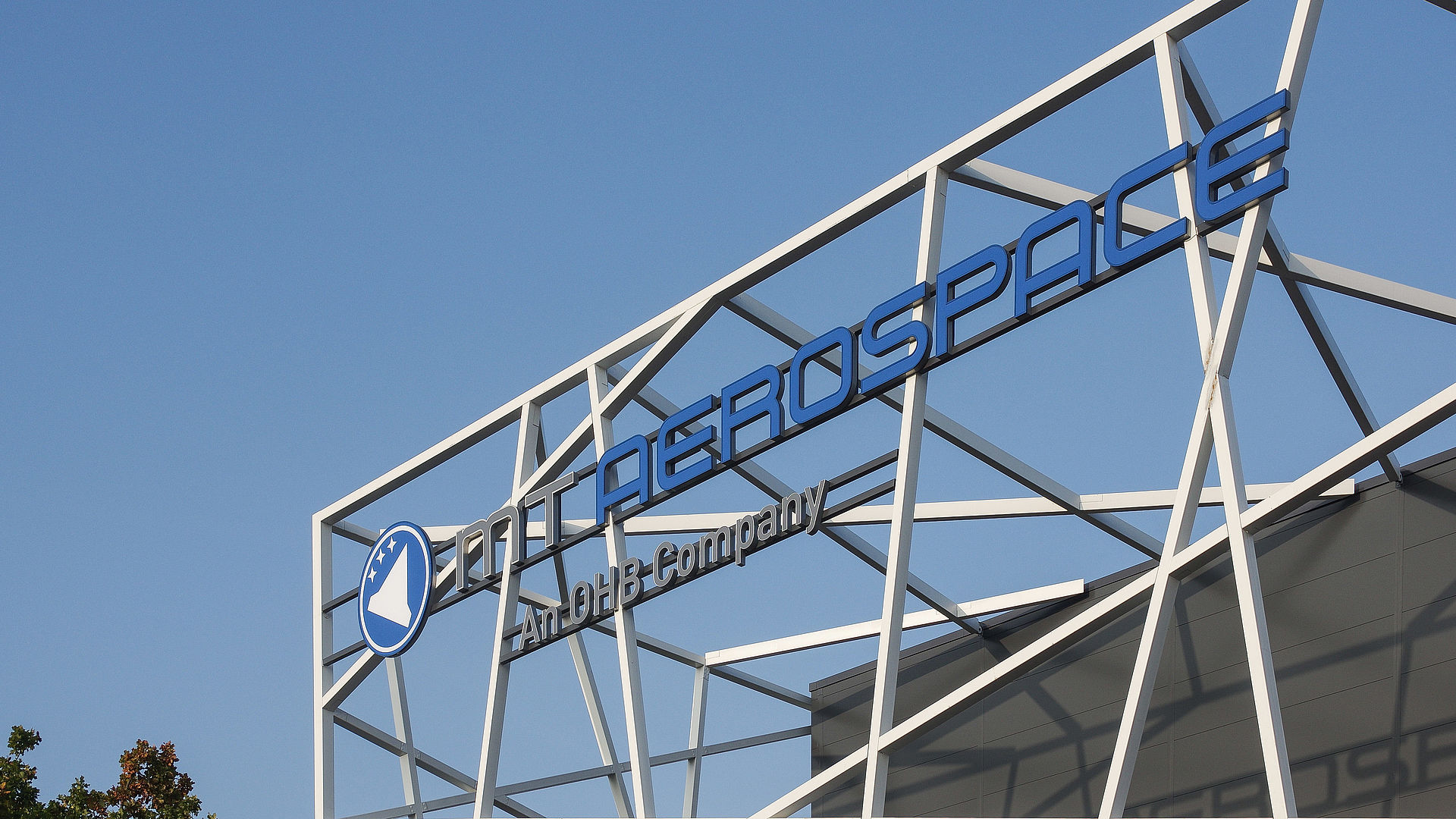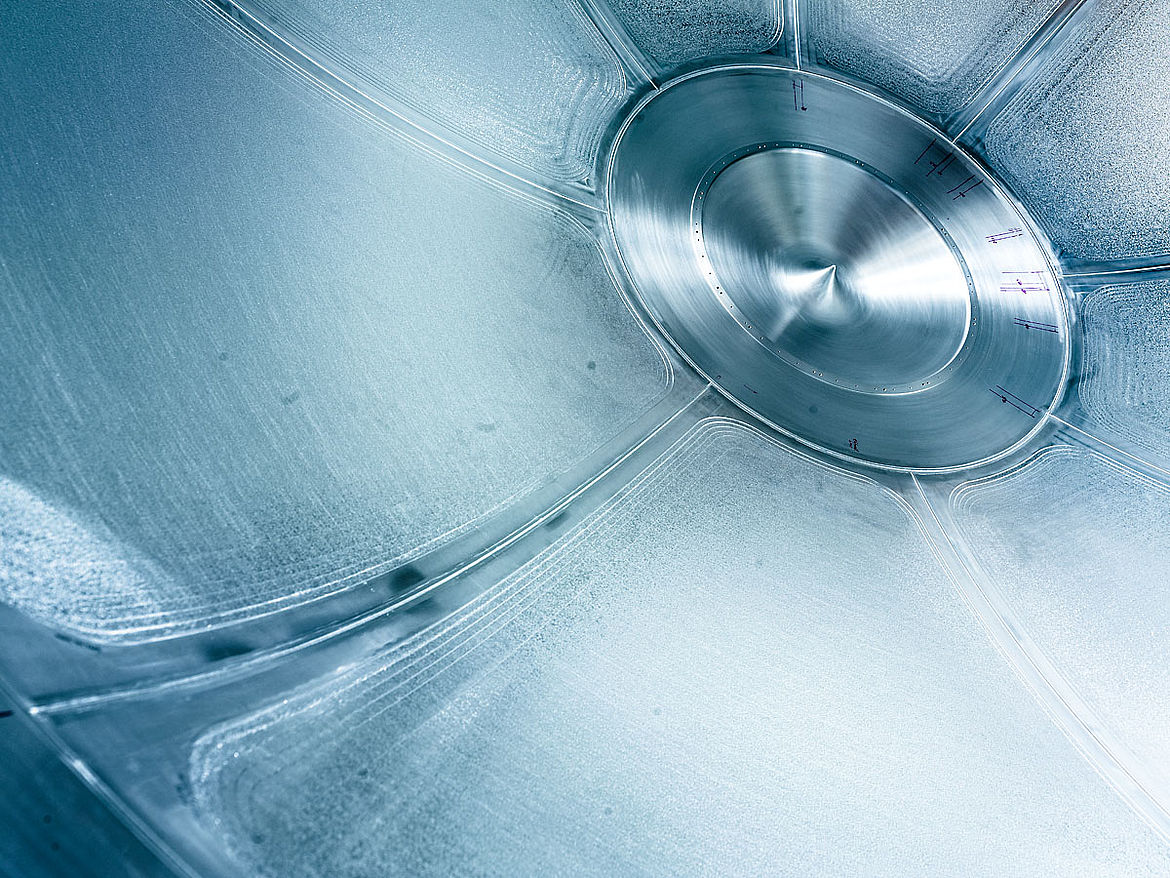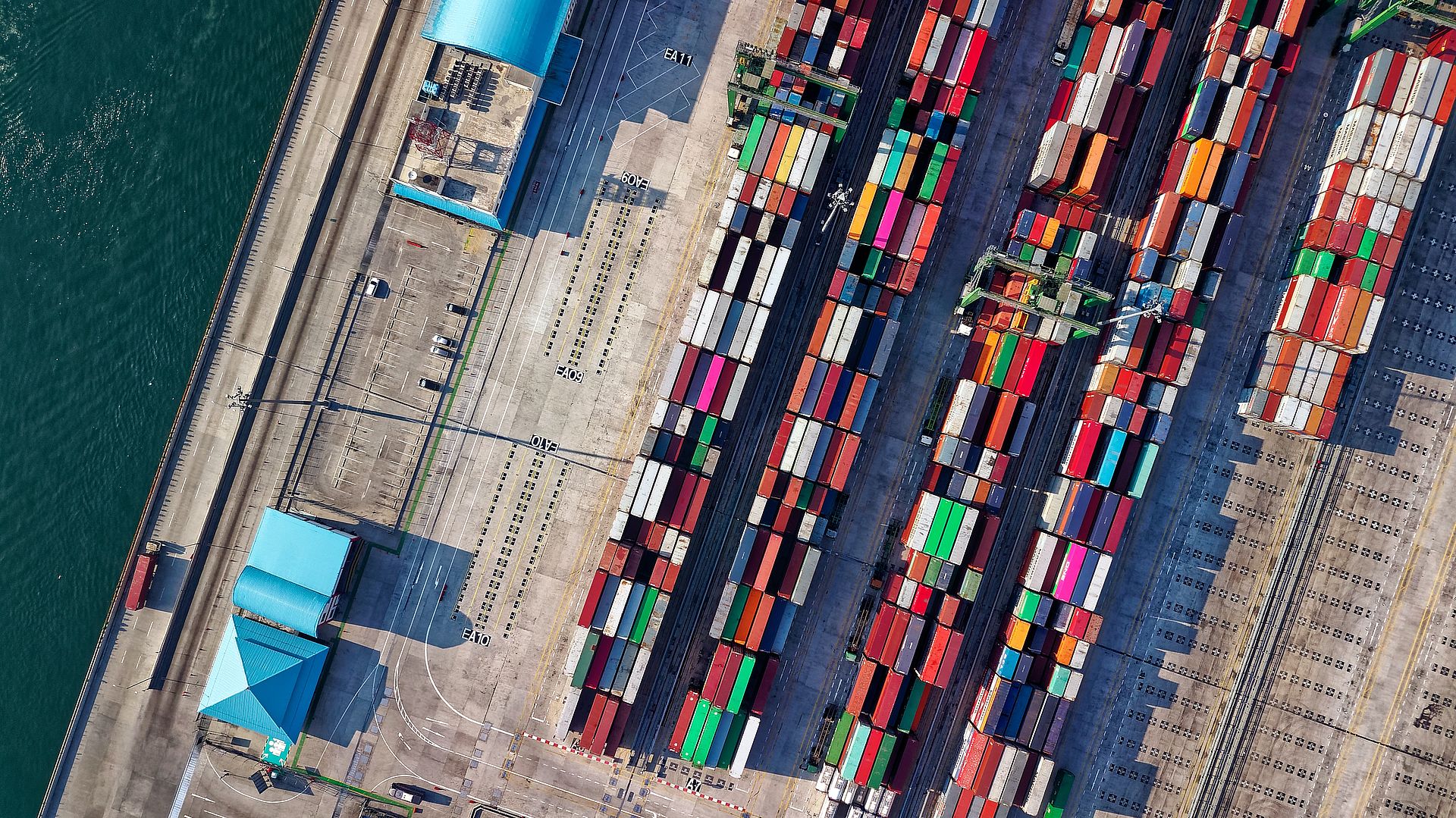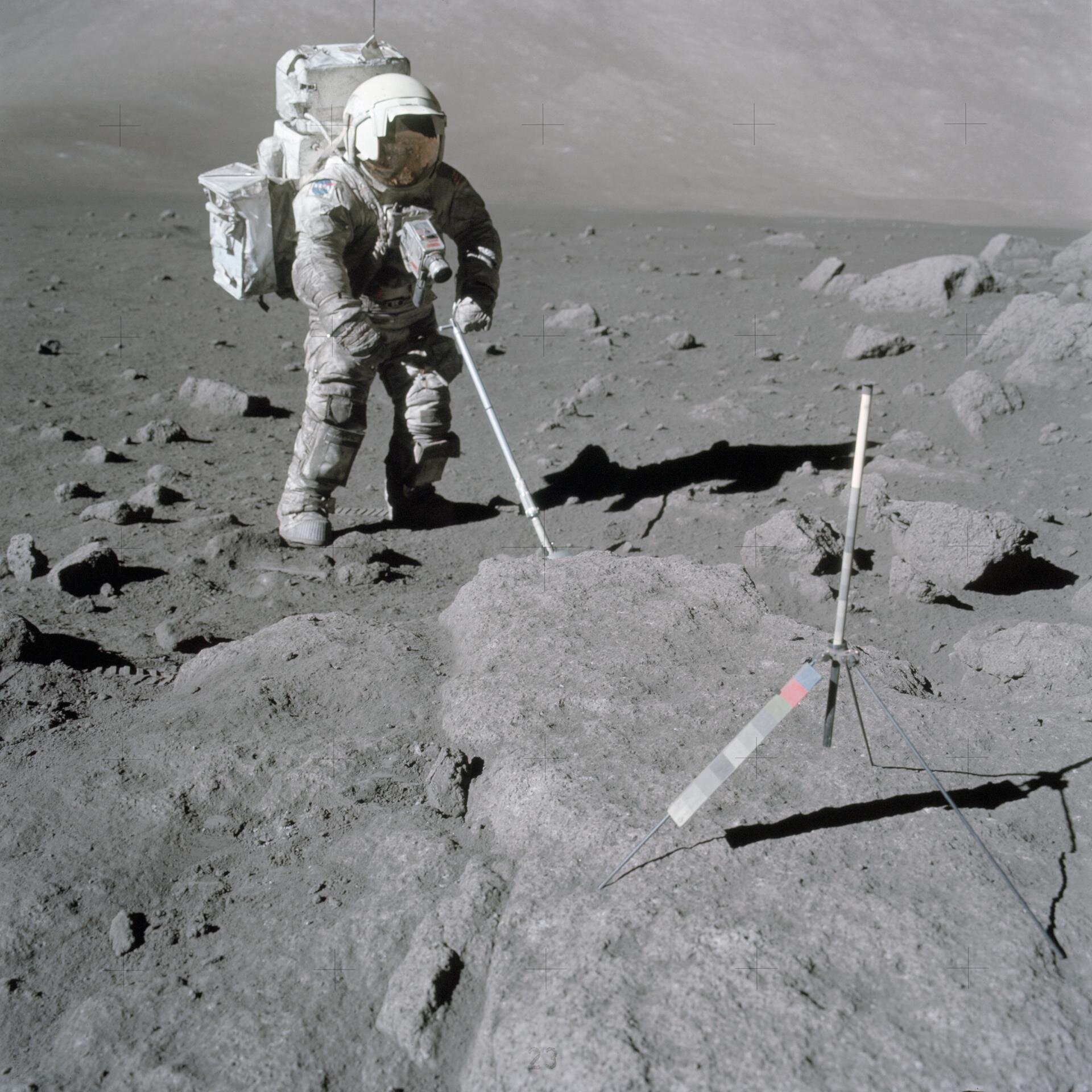MT Aerospace can look back on many years of experience and further development in the field of hydrogen technology. How did this come about, Mr Schullerer?
GS: Correctly speaking, it should be 50 years. The origins lie with our predecessor organisation MAN-Technologies and the launch of the Ariane 1 programme. Therefore, the subject of hydrogen has been linked to MT Aerospace for five decades. But the real treasure of the MTA are the people who have advanced this topic and actually established the initial product link to hydrogen technology, in the form of the cryogenic launcher tank structures.
How has MT Aerospace built up its experience in the field of hydrogen technology and what is its expertise?
GS: Early on, the DLR (German Aerospace Center) had both a great interest in the topic of hydrogen technology and in the fact that the German launcher industry cooperates intensively in space travel. The wish was to strengthen the hydrogen community in Germany. Ultimately, it led to MTA being involved in large-scale cyrogenic test campaigns. This gave us the chance to play an active part and build up sound expertise.
On water, on land and in the air: hydrogen technology is used in aviation, the maritime sector, transport and infrastructure. Can you tell us more about it?
GS: There is now a real hype in the hydrogen market. Hydrogen technology is now being linked to all new forms of mobility. The assumption is, and I share this view, that the form of future mobility will be completely revolutionised by hydrogen. It is therefore possible to create synergies between mobility applications in aviation, the maritime sector and transport. We can therefore deliberately overcome all the limits that have been set by the individual markets in the past. It should be noted here that certain standards are typical in the respective markets, such as aviation or maritime. Ultimately, however, pure physics and our many years of expertise put us in a position to offer solutions for electric drive systems based on hydrogen.
Mr Staudt, as a sales professional, how do you assess the hydrogen market for MT Aerospace?
MS: The political framework conditions, the geopolitical changes as well as the phase-out of fossil fuels contribute significantly to the fact that we will have an enormous demand for green hydrogen.
In the future, it will be a question of how we can use green hydrogen for mobility and also for infrastructure applications. When it comes to mobility, we see a high contribution capability for MT. Already in 2012, we have developed and successfully tested a first high-pressure tank for hydrogen with a major car manufacturer.
Today, we are involved in specific research and development programmes with strategic partners and are developing hydrogen storage and supply systems for aviation applications, among others, which we will bring to market after successful approval, scaling them to various product classes.
In which current projects on the hydrogen market is MT Aerospace involved?
GS: We are observing that the major players in the industrial sectors are intensively dealing with the topic of hydrogen. In recent years, hydrogen has been a technological field of activity under the guise of "decarbonisation", without there really being any relevant pressure.
We are currently involved in various projects with international partners. The primary focus is on all forms of e-mobility and their scaling in other sectors.
However, it is also about the use of synergies that result from the solution of future mobility issues. Here, infrastructure solutions are to be understood in particular, which can be developed with knowledge of the functional relationships of an electric drive system for the generation of electric energy and propulsion. This would include, for example, decentralised energy generation in the municipal sector. Therefore, aviation may well be an incubator for accelerating infrastructure in the field of liquid hydrogen.
Clusters in aviation and infrastructure have already emerged in northern Germany. In the maritime sector, too, hydrogen as a synergetic element is already associated with mobility through liquid hydrogen.
MT Aerospace has really entered an area with great potential here. This concerns both the satisfying the mobility needs of individuals and meeting the demands of energy supply systems of municipalities, cities, regions or industries.
Which products does MT Aerospace take into account, Mr Schullerer?
GS: The actual DNA of MT Aerospace is the liquid hydrogen tank. It is exactly this product that MT has successfully brought to the launcher market as WorkShare for 50 years and it is our proven expertise. Now we have the opportunity to further develop this product into a system and thus enter the field of energy supply: starting with the LH2 tank, all the way to a regulated hydrogen supply system for fuel cells.
In which market segments do you see the greatest prospects?
MS: Due to our high level of development and manufacturing expertise, we see the greatest opportunities for us in lightweight construction and thus in mobility applications.
What new projects or cooperations are planned? Can you tell us more about them, Mr Schullerer?
GS: It is important to talk to many potential customers. In recent years it has become apparent that the stringency in the means of the solution has never been as clear as it is today. This realisation is the result of discussions with potential customers from the aviation, maritime, rail and road transport sectors. The convergence in technical solutions focused from the different markets show a strong trend towards the use of liquid hydrogen (LH2), which in turn is directly in line with MTA's DNA.
We can therefore be confident that we can open many doors into new markets with the technology we offer.
One last question for both of you: What personal fascination holds hydrogen technology for you?
GS: I am not as much fascinated by hydrogen technology itself as I am with its potential, i.e. what can be achieved with it. This goes hand in hand with the awareness that our daily actions and decisions and the consequences they cause are now visible to all. If cities suffocate in their exhaust fumes and dream beaches are subject to oil disasters, it becomes evident what humans are ultimately doing to the earth. If hydrogen is a solution to reduce this risk, I will become its biggest fan. If I can make it part of my professional life as someone who had been inspired by Frederic Vester's "Neuland des Denkens" at the age of 17, then I feel that I am on the right track.
MS: We have a unique opportunity to develop future hydrogen storage and supply technologies and create concrete products and applications. Customers from the US and Europe are asking for our hydrogen expertise and we are certain that we can currently offer a lot of know-how, which makes all of us in the hydrogen team proud and highly motivated. In addition, there is the socio-political task to preserve the world for tomorrow and for our children.
My personal incentive is to be part of this technological development and the hydrogen team, to help develop the global hydrogen market for the MTA and thus contributing to a strategic orientation of the MTA and a sustainable future.
Mr Schullerer, Mr Staudt, thank you for the interview!
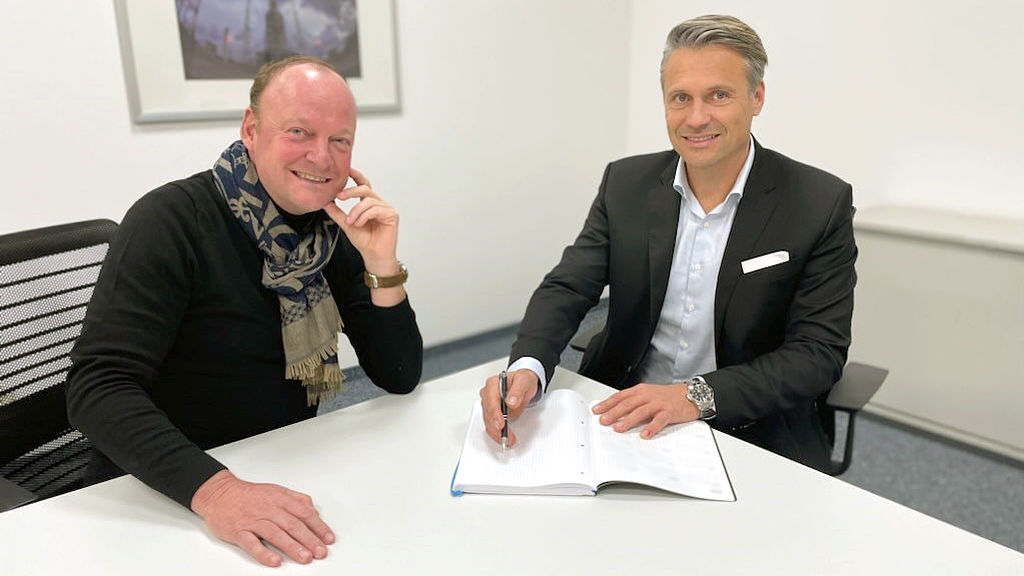
About our interview partners:
Günther Schullerer (GS) has been working for MT Aerospace since 2001 and been Head of Engineering since 2013. He studied civil engineering with a focus on structural engineering. He then completed his doctorate in the field of numerical simulation of fibre-reinforced plastic composites. He loves mountains, skiing, history and art.
Markus Staudt (MS) began his career in the German Armed Forces as an officer and holds a degree in economics. He looks back on almost 20 years of experience in the security, defence and aerospace industries. In 2015, he started at MT Aerospace in the area of "Business Development & Sales". In his spare time, Mr Staudt enjoys going hiking in the mountains and skiing with his family.

